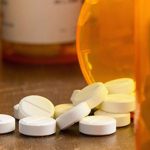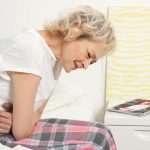
It’s not new for young people to develop an interest in their favorite pop singer or actor, but it can be problematic if that adoration turns toxic. It’s easier than ever to get lost in a celebrity’s carefully curated image via social media posts, according to Baylor College of Medicine in Houston, which offers some tips for when fandom goes too far. “Artists may do things that encourage people to get to know them better, so when they start giving people a peek into their lives and creating a persona that their fans can emotionally invest in, they get more people interacting with their work and also gain prestige and make more money,” explained Dr. Laurel Williams, an associate professor in the Menninger Department of Psychiatry and Behavioral Sciences at Baylor. Any fan can become unhealthily invested in celebrities or individuals, Williams said. Previously, fans had to spend money and time repeatedly to see a celebrity and then cultivate a connection that could turn obsessive — but in today’s internet age, celebrity channels are available online anytime. Superficial connections are now more easily and frequently made, Williams cautioned, and adolescents are more susceptible to having addictive emotions over this. “When someone starts ‘speaking their truth’ about a celebrity or topic in a way that dehumanizes others, either online or in person, that’s when you know… read on > read on >



























-300x200.jpg)










